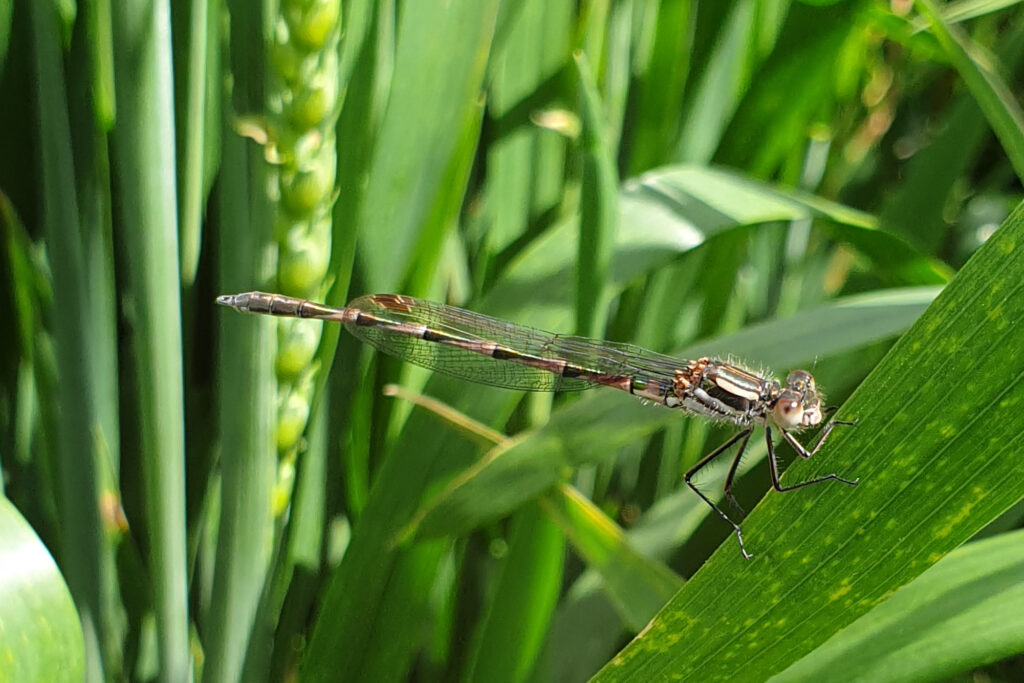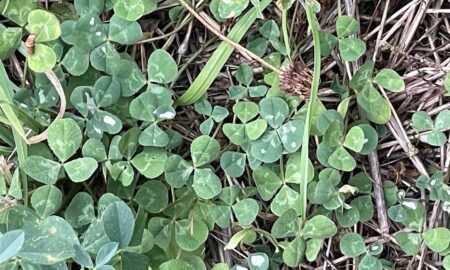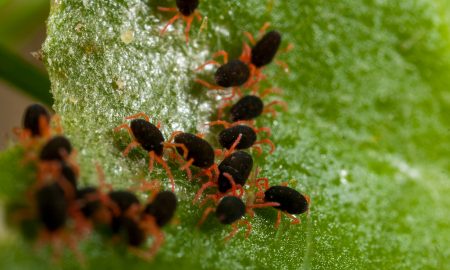Pest management can be a constant struggle.
But the good news is – you’re not alone!
You have plenty of insect friends on your side reducing crop pests by parasitising or preying on them. These beneficials or natural enemies are the long-time opponents of grain pests and when well-maintained can be very valuable for keeping pest in check.
In this article, we will cover the ecosystem services these beneficials provide, the role they play in grains, and how to support and maintain them.
Ecosystem services provided by insects
Generally speaking – humans are highly dependent on services provided by elements of healthy natural ecosystems. For example, fresh water, clean air and natural resources. Insects, with their vast numbers, play a crucial role in providing some of these important services that humans depend on.
The ecosystem services provided by insects include decomposition of organic material by detritivores (e.g., Dung beetles), water purification by filter-feeding insects (e.g., Caddisflies), crop pollination (e.g., wild bees), and suppression of pests by biological control (e.g., predators and parasitoids).
Predators and parasitoids are what we call natural enemies, and can be generalists or specialists. Generalist predators feed on a wide range of prey whereas specialist predators feed on a specific group of prey. And both have their role in crop pest management. Unlike predators, parasitoids, do not eat pests directly but use their prey for breeding and to feed their larvae. Parasitoids lay an egg (or eggs) on or in the body of their host by injection using their ovipositor. The hatched larva then feeds on the host, which eventually dies. These growing larvae can also reduce the activity of the hosts while alive, which means less feeding damage.

The role of natural enemies in grains
When working out how to manage grain pests like redlegged earth mites (Halotydeus destructor), green peach aphid (Myzus persicae), diamondback moth (Plutella xylostella), and corn earworm (Helicoverpa armigera), pesticides are often the first crop protection option that comes to mind. However, the rise of insecticide resistance in these species makes the management difficult, while effective chemical control options diminish.
But luckily, there are plenty of natural enemies to help manage these species and others.
Populations of redlegged earth mite, which can be destructive to canola, can be attacked by predatory mites like French Anystis mites and snout mites. Generalist predators like hoverfly larvae, lacewings, ladybird beetles and damsel bugs as well as parasioid wasps like Lysiphlebus testaceipus and Aphidius colemani can decrease aphid populations.
Important parasitoid wasp species which help to keep populations of diamondback moths in check include Diadegma semiclausum, Apanteles ippeus and Diadromus collaris. Trichogramma wasp, shield bugs, native earwigs, tachinid flies and spiders attack Helicoverpa sp., to mention just a few of them.
To measure the biological control effect of beneficials can be difficult, but there are ways to estimate predation and parasitism rates. Information on measuring the benefit of beneficials can be found in our past PestFacts article here.
How to support and maintain natural enemies
There are several ways to support crop beneficials, many of which are included within an Integrated pest management (IPM) framework. IPM is a holistic approach with the aim of sustainably managing pests, preventing the evolution of pesticide resistance, and maintaining beneficial species in crops.
IPM encourages strategic use of insecticides, and strategies such as limiting prophylactic sprays and avoiding the use of broad-spectrum pesticides is a good way to enhance beneficials.
It is important to be able to identify the beneficials and pests present, so that you can alter your pesticide application to be more target specific and decrease the impact on non-target insects like beneficials.
The beneficials chemical toxicity table developed by researchers from Cesar Australia and the University of Melbourne provides an overview of the impact of pesticides on selected beneficials in grains to help guide spray decisions. If you’re not sure about an identification, we’re here to help! Submit a report to the PestFacts team.
Future outlook
Landscape management practices such as crop diversification can support the ability of beneficials to move into crops. At the same time, food sources like nectar and pollen from native plants can enhance the longevity and fecundity of parasitoids. This in turn supports the biological control service that parasitoids provide.
A laboratory study by Pandey et al. (2018) showed that parasitoid species such as Diaeretiella rapae (parasitises many species of aphids), Cotesia glomerata (parasitises cabbage butterflies), and Diadegma semiclausum (parasitises diamondback moth) had an increase in survival rate when native plants were provided as a food source. However, the study also emphasises that caution is advised when choosing native plants as some plants may also host pest species.
Further research in this direction can offer new opportunities for farmers to diversify their farms and promote biological control. PestFacts south-eastern will update you with the newest research as it becomes available.
Acknowledgements
Thanks to Julia Severi and Lizzy Lowe for reviewing this article.
Cover image: Photo by Cornelia Sattler





